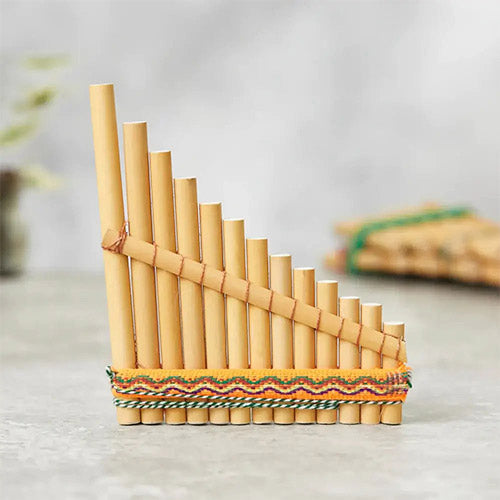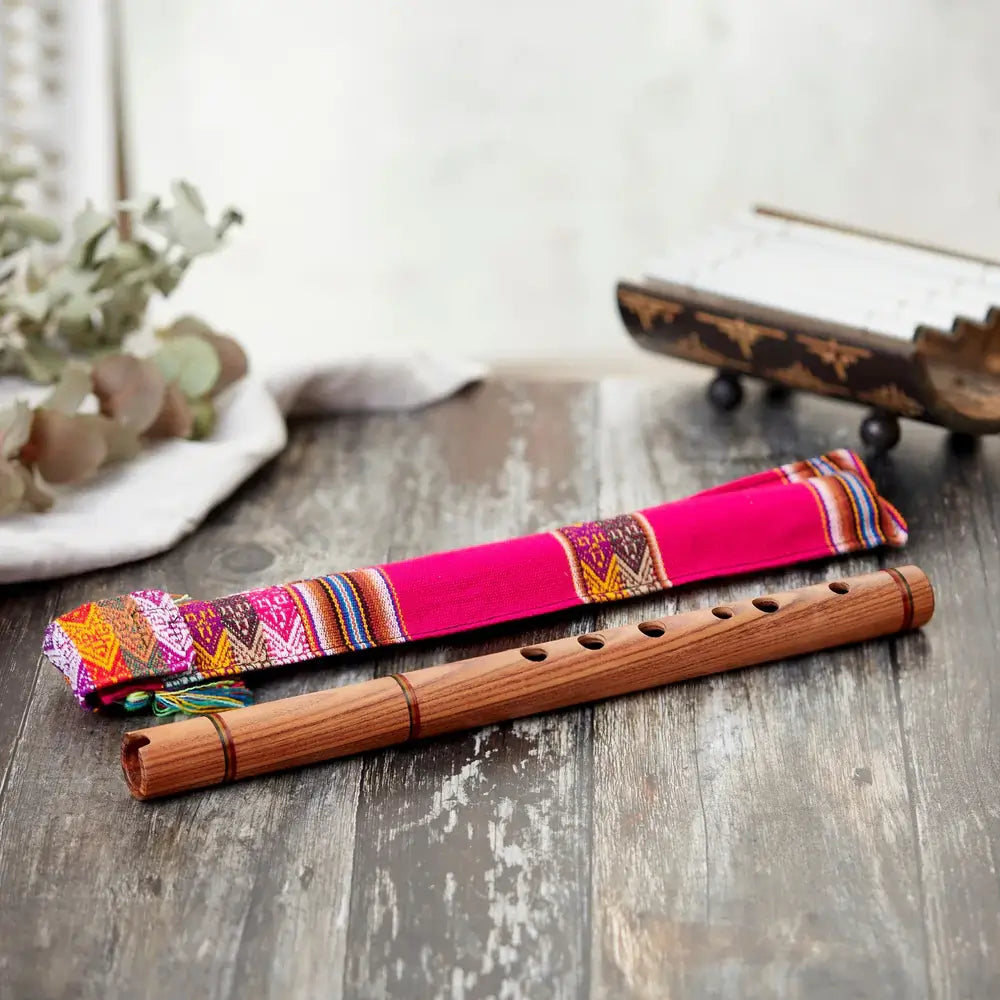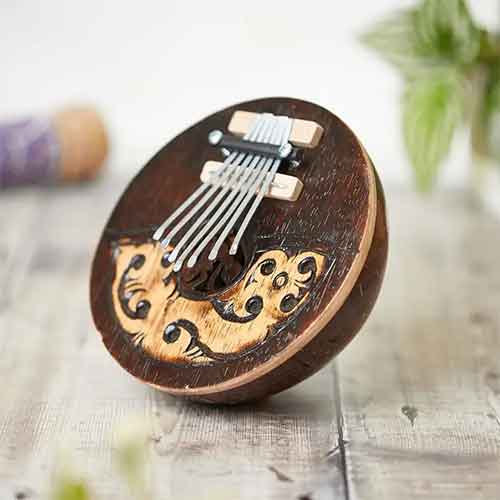Gongs are more than metal discs—they're used in music, meditation, and ceremony. This guide covers their purpose and how to play them for the best sound.
What Is the Purpose of a Gong?
Gongs are used in orchestras for dramatic emphasis, meditation for calming, resonant tones, and ceremonies to mark sacred moments. Let's explore how to use one in 5 simple steps.
Choosing the Right Gong for Your Space
Choosing the right gong depends on the space and sound you want to create. A higher-pitched, smaller gong is ideal for smaller rooms, while larger spaces benefit from bigger gongs with deep resonance to fill the area. The type of gong also plays a key role—China-type gongs are thicker with a darker, sustained tone, while Jinghu gongs have a sharper, higher pitch for orchestral use. Thai gongs, typically larger, produce a rich, resonant sound. Consider the acoustics of your space and the unique qualities of each gong to ensure the best fit for your needs.
1. Mounting the Gong
For optimal sound, mount your gong on a frame so it can swing freely, allowing it to vibrate fully and produce a sustained tone. If you don't have a frame, you can place it on a cushioned, stable surface, but this limits its resonance. A stand is ideal for achieving the best sound and ease of use.
2. Choosing and Using the Beater
Most gongs come with a padded mallet, and choosing the right size matters—a soft, medium-sized mallet works best for general use. Avoid anything too hard or heavy, as it can damage the gong or produce harsh sounds. Hold the mallet lightly and let it move naturally for the best tone and control.
3. Where to Strike the Gong
For the best sound, strike the gong slightly off-centre—this sweet spot produces deep, resonant tones without stressing the metal. The centre delivers a loud, crashing sound that's great for dramatic moments but should be used sparingly. Hitting near the edges creates subtle overtones, though it's not ideal as the main striking area.
4. Playing Style
Your playing style depends on the setting, for meditative playing styles, you will want to strike the gong slow and gently and allow long pauses to let the sound decay over time. This will create a calming atmosephere. Depending on the environment where you play the gong, you will want to experiment with rhythm, dynamics, and layering.
5. Advanced Gong Techniques
Gongs can be played with slow intentional strikes during sound baths or healing sessions. The gong's vibrations help promote a relaxing atmosphere and can trigger the mind to focus. Advanced players can use techniques like rolling the mallet around the edge of the gong for a consistent sound. Striking the gong with two mallets can help create layered tones, but you can swirl the mallet in the centre to produce harmonics that add depth.
Quick Tips for Playing the Gong
Let each strike ring out fully before the next—gongs need breathing space. Strike gently, hold the beater loosely, and explore your instrument with curiosity. Every gong is different and will produce a different tone; even a light touch can produce a loud sound so its recommended .
Aftercare and Respectful Use
It must be treated with care to ensure that the gong lasts a long time and produces a great sound. Allow it to rest between sessions to avoid fatigue or damage, and always wipe it gently with a soft cloth after use to prevent buildup. Hang it securely, away from heavy objects, and store it in a safe, dry place when not in use. Avoid harsh chemicals when cleaning—use only a soft, damp cloth to remove dust or fingerprints. In meditative or ceremonial settings, approach the gong with intention, as its power lies in both the sound it creates and the silence it leaves behind.












